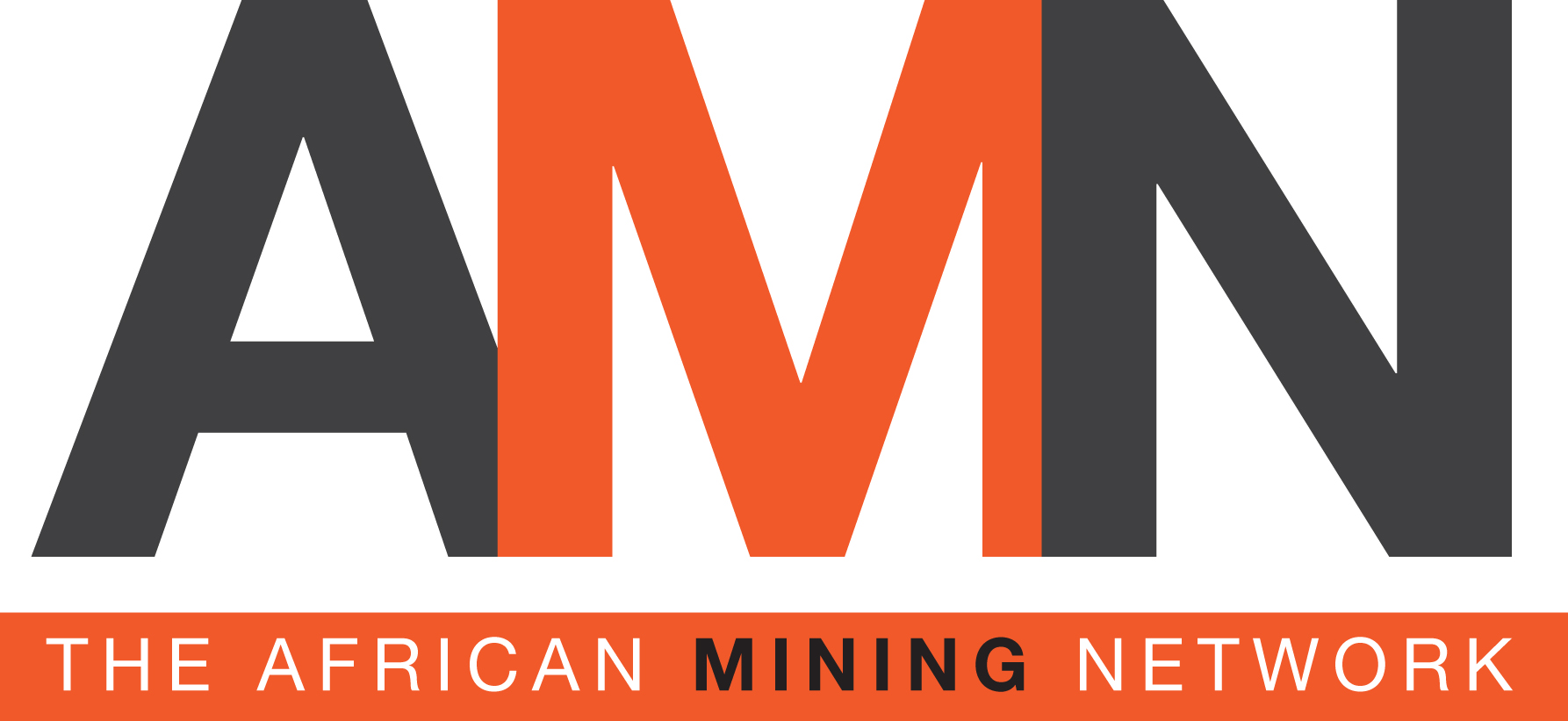- Yolanda Torrisi
- +61 412 261 870
- yolanda@yolandatorrisi.com
- Nina van Wyk
- +27 82 926 3882
- nina@africanminingnetwork.com
Twenty years after the Morila mine started production, the Barrick owned and operated gold mines in Mali continue to make a major contribution to the country’s economy and lead the growth of its mining industry, according to the company's president and chief executive Mark Bristow.
He said that while Morila was heading for closure after producing 6.8 million ounces of gold, the Loulo-Gounkoto complex ranked as one of the world’s top 10 Tier One gold mines and during the past quarter again delivered the greatest production improvement in Barrick’s global portfolio.
In total Randgold and its successor have spent $160 million on exploration and contributed approximately $6.5 billion to the greater economy with taxes, royalties and dividends totaling $2.6 billion. The company’s contribution represented approximately 6% of Mali’s GDP in 2018.
Bristow noted that the Government and Barrick’s Mali management team had made progress in resolving outstanding tax disputes and the company expected to conclude the agreed mediation process soon.
At the year’s halfway mark, he said, Loulo-Gounkoto was well on its way to achieve its 2019 production guidance of 690,000 ounces of gold.
Continuing brownfields exploration around its three main ore bodies was confirming the potential to replace depleted reserves, supporting and possibly extending the complex’s 10-year plan.
Barrick is also hunting new ore bodies along its 70-kilometre tenement straddling the Mali-Senegal shear, which has produced more major gold discoveries over the past 20 years than anywhere else in the world.
The Loulo-Gounkoto complex comprises the Yalea and Gara underground mines and the Gounkoto super pit, with a fourth mine in the form of an underground operation at Gounkoto at the feasibility study stage.
The installation of a 20-megawatt solar power plant is under way and Bristow said this would save the complex 10 million litres of fuel per year, reduce its carbon footprint and provide a low-cost power source for the local community after Loulo-Gounkoto’s eventual closure.
In other community projects, the agricultural college established by the complex has produced its third batch of graduates, all of whom have been placed with agribusinesses.
Nineteen schools, one for each village, have been built and enrolment has increased to more than 5,000 against 500 when the mine opened.
Three clinics have been established in the community and programs to fight malaria and HIV/AIDS continue to reduce the incidence of these diseases.
To date, Loulo-Gounkoto has invested more than $6.4 million in community development.
At Morila meanwhile, the agribusiness centre designed to leave a sustainable post-mining economy for the local community is taking its final shape.
Bristow noted that all three mines at Loulo-Gounkoto were managed by Malian nationals. Of the complex’s more than 4,000 employees, 95% are Malians.
“The Barrick mines have been good for Mali, not only in terms of their contribution to the economy but also for their world-class health, safety and environmental practices, their substantial investment in sustainability, their support of local suppliers and contractors, and their policy of employing and empowering Malian citizens.
"For their part, Mali and its people have been rewarding hosts and partners, and we look forward to continuing our productive relationship with them,” he said.

